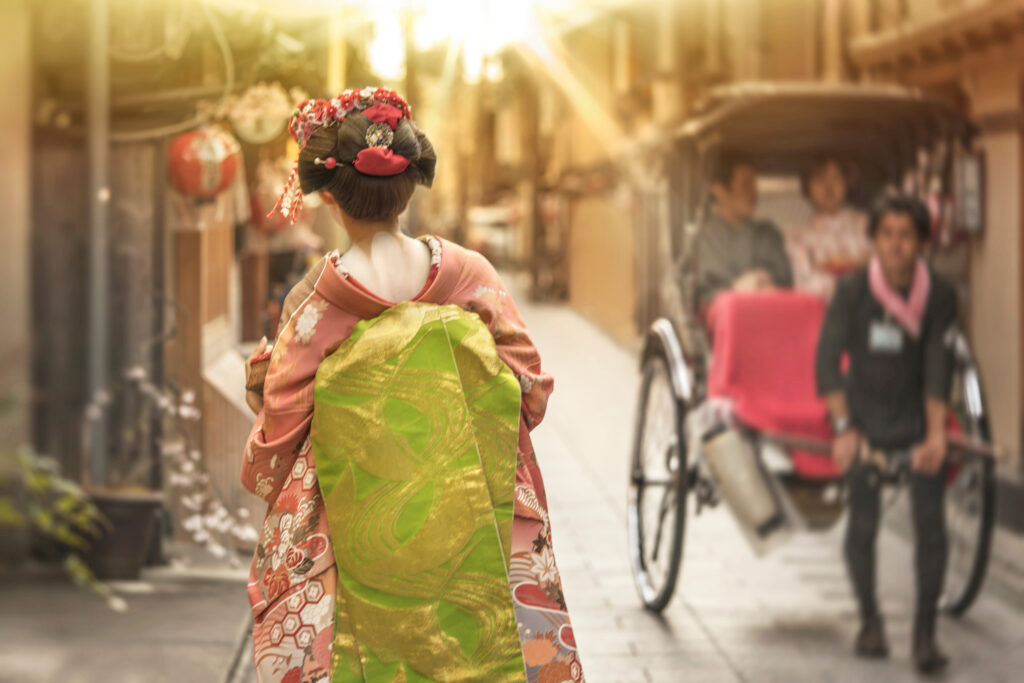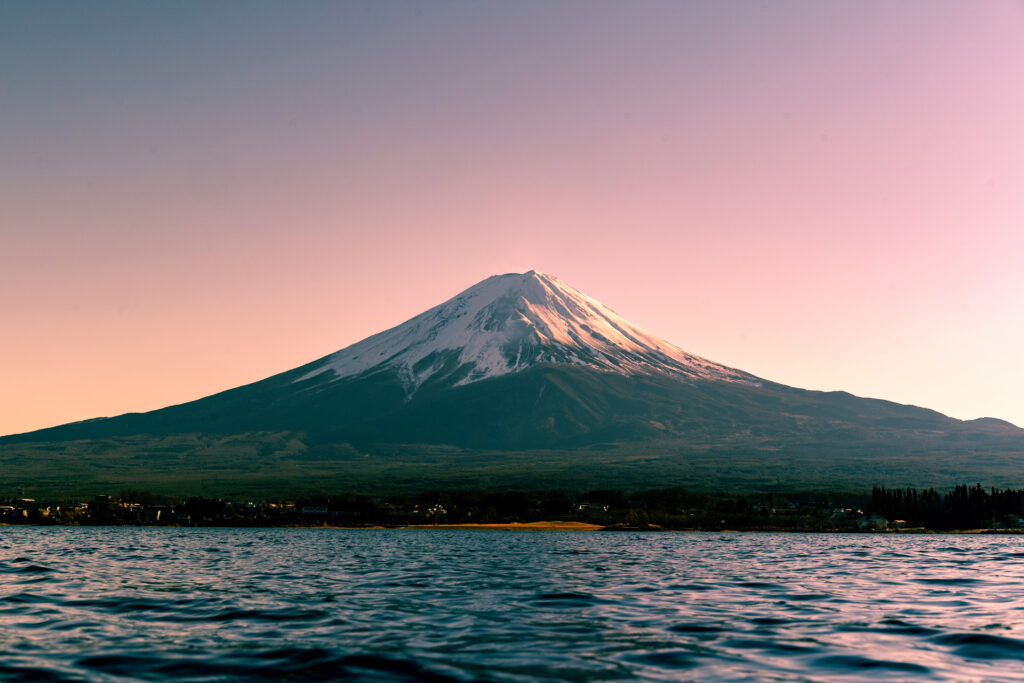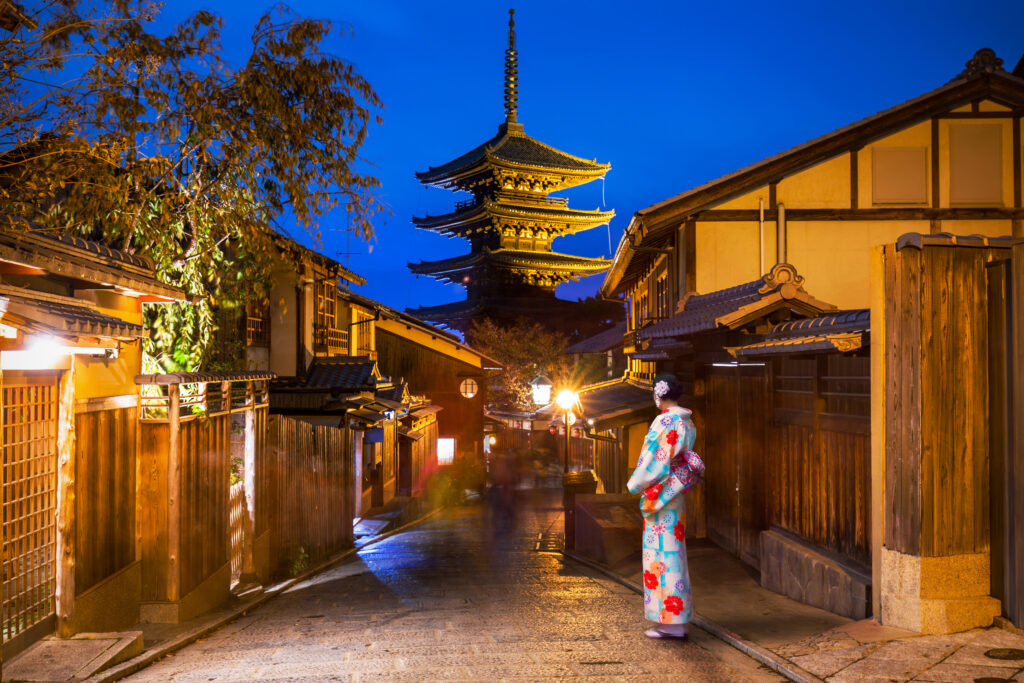
Overtourism in Japan is becoming a major problem, especially for sites like Mount Fuji and the geisha streets. The annual attendance record was exceeded in 2019, with 31.9 million tourists. A monumental figure, which could well be surpassed again very soon, as tourism picks up again after the Covid-19 pandemic.
But while the economic benefits are real, this overtourism is also causing a number of problems. Japan is finding it hard to regulate the massive influx of some 30 million foreign visitors for a population of 125 million. This may seem surprising, given that France absorbs 85 million tourists without too many problems, with a population half the size. This is not only because the number of overnight stays per tourist is higher, due to Japan's island location, but also because tourists are less evenly distributed across the country.
Japan's over-tourism is therefore the subject of numerous political programs, the sole aim of which is to achieve a more reasonable level of tourism for the economy and the Japanese people.
Mount Fuji: introduction of a visitor gauge and tax

Mount Fuji, symbol of the country, is also one of the sites most affected by overtourism in Japan. Every year, some 300,000 people include its ascent on their list of things to do in Japan. Yet this mass tourism is all the more dangerous because the Fujisan, as the Japanese call it, is a natural area, and therefore all the more fragile. It is exposed to erosion, the destruction of the habitats of numerous living species and the accumulation of waste.
To limit the ecological impact of tourism, Japan has put rules in place. From July1, 2024, visitors will have to pay a fee of 2,000 yen(around €12) to climb Mount Fuji via the Yoshida trail, by far the most popular. What's more, the number of visitors will be limited to 4,000 per day, and the trail will even be closed between 4 p.m. and 2 a.m., the hours chosen by many tourists to admire the sunrise from the summit. However, this practice is particularly dangerous, due to the lack of visibility, the risk of falls or injuries, and the sometimes underestimated difficulties of making such an effort at night.
The aim of the manoeuvre is therefore manifold: to encourage tourists to find other alternatives, to limit accidents by preventing ascents at the most dangerous times, to limit over-frequentation of Mount Fuji and to protect this natural site.
Geisha lanes soon to be off-limits to tourists

In addition to natural sites, Japan's cities have also fallen victim to overtourism. One example is Hatsukaichi, famous for the Itsukushima Shrine's torii (red Japanese gate). Since October 1, to limit tourism, the shrine has imposed a tax of 100 yen (approx. 60 cents) on tourists wishing to visit.
But the city suffering most from overtourism in Japan is certainly Kyoto. The city's reputation for reflecting a traditional Japan is matched by a high level of uncivilized behavior that overwhelms its inhabitants. The Gion district, home to the famous geisha lanes, suffers particularly from this phenomenon. The ladies are frequently harassed by tourists, who form troops around them to take their picture, so much so that in December 2023, a district political committee asked the city to take measures to combat overcrowding. From April 2024, the geisha alleys will be off-limits to tourists.
In Japan, it is therefore now advisable to plan visits off the beaten track, and even prefer to visit countries far removed from mass tourism or dupe destinations, to balance the burden of tourism in the world.


